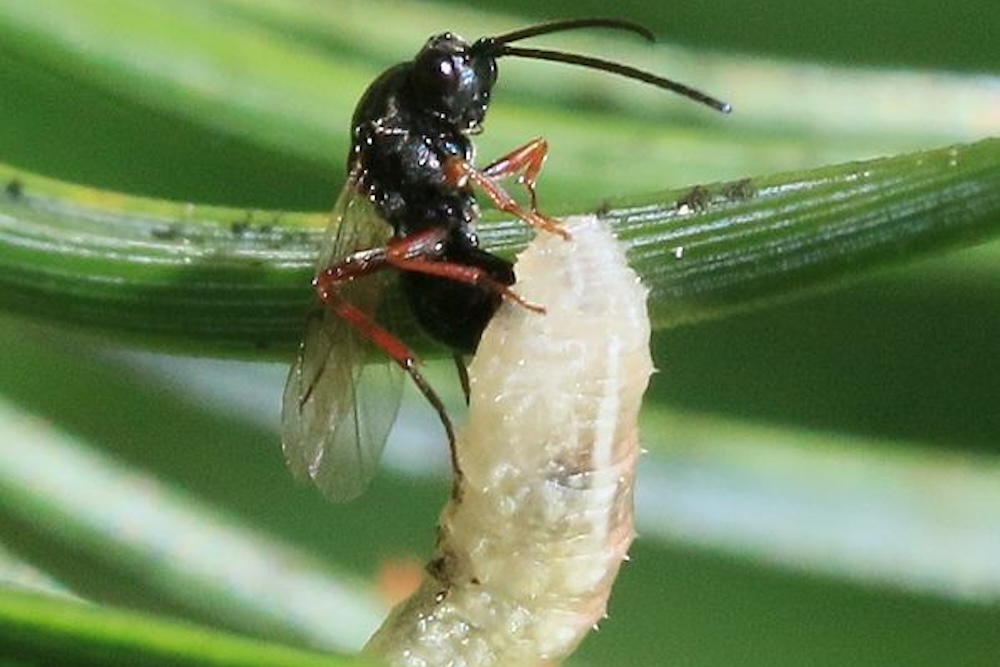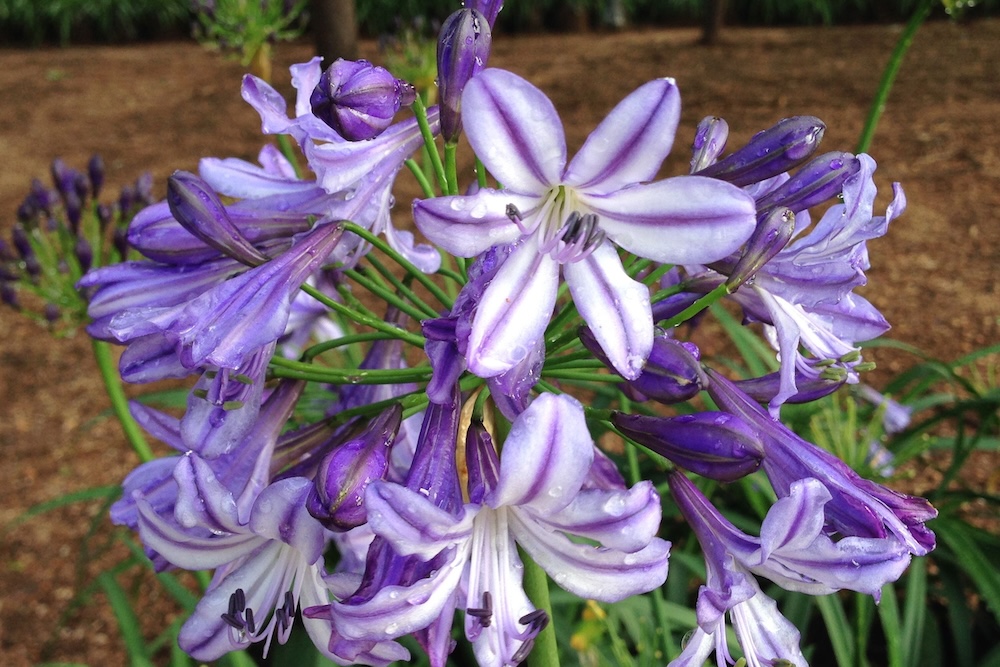Genetic controls are a revolutionary approach that involves using the natural resistance of certain plants to ward off pests.
Cultivating a Welcoming Environment for Micro Wasps
Micro wasps, also known as parasitoid wasprs, are one of the garden’s most underappreciated inhabitants. Despite their minute size — many species measuring less than 1mm — these creatures play an essential role in maintaining the health and balance of our gardens and broader ecosystems.
The purpose of this article is to shine a light on these tiny champions of the natural world and provide practical guidance on how you can encourage micro wasps in your own garden or landscape.

Understanding Micro Wasps
What Are Micro Wasps?
Micro wasps belong to the Hymenoptera order, which also includes ants and bees. These tiny insects are often overlooked due to their diminutive size, but they play a crucial role in our ecosystem. They’re known for their roles in pollination and pest control, helping to keep harmful insect populations in check by laying their eggs in them.
While their larvae feed on insect pests, the adult life forms of parasitoid wasps tend to feed on nectar, just like bees. Bees are, in fact, descendants of wasps. Australian Parliament House’s head beekeeper, Cormac Farrel called them “vegan hippy wasps” on my podcast, referring to the fact that they don’t brutally feed on other organisms like most wasps.
Before we go on, I should note that “micro wasp” is a non-specific term and could refer to any small wasp. Because wasp species are so diverse, you’ll find that some tiny wasps aren’t parasitic, such as those that pollinate ficus species.
But in this article, when we refer to micro wasps, we’re specifically talking about the parasitic ones.
The Importance of Micro Wasps in the Ecosystem
Micro wasps contribute significantly to biodiversity. As natural predators, they help maintain a balance in insect populations, preventing certain species from dominating and disrupting the ecosystem.
Benefits of Micro Wasps in Gardening
Natural Pest Control
Micro wasps are a gardener’s best friend when it comes to natural pest control. Many species of micro wasps are parasitic, meaning their larvae feed on other insects, effectively controlling populations of pests such as aphids and caterpillars.
Biodiversity Enhancement
By acting as natural pest controllers, micro wasps contribute to a more diverse and balanced ecosystem. Their presence helps ensure a variety of other species can thrive, leading to a richer, more vibrant garden.
How to Encourage Micro Wasps
Planting the Right Flora
Certain plants are more likely to attract micro wasps. Small flowers are just the right size for these insects which have tiny mouth parts, and are particularly appealing to these insects. Think callistemons, westringias, lilly pillies, alyssum and asters.
Arranging these plants in clusters rather than single specimens can provide a more attractive habitat for micro wasps, encouraging them to visit and stay in your garden.
Providing Suitable Habitats
Micro wasps need suitable habitats to thrive. Consider leaving patches of bare soil undisturbed for ground-nesting species, and pile deadwood to provide additional nesting sites. Put out a dish of water which you regularly check for mosquito larvae, as well.
These simple steps can make your garden a more welcoming place for micro wasps.
Avoiding Harmful Pesticides
Pesticides can have a detrimental effect on micro wasp populations, especially broad-spectrum systemic chemicals. Opt for eco-friendly alternatives where possible, and consider embracing organic gardening practices.
By doing so, you’ll be creating a safer environment for micro wasps, helping to ensure their survival and continued contribution to your garden’s ecosystem.

Daniel’s Wrap
Micro wasps, though often overlooked due to their size, play an integral role in our gardens and landscapes. They contribute to maintaining a balanced ecosystem by controlling pests and enhancing biodiversity.
Despite the challenges, creating a welcoming environment for these beneficial insects is achievable with some thoughtful planning and action. By building suitable habitats, diversifying your plant selection, and opting for eco-friendly pest control methods, you can encourage these tiny champions of the natural world to thrive in your garden.




This Post Has 0 Comments